Imagine this: You're standing in the middle of nowhere—no city lights, no traffic, no phone signal. It's just you, a hot cuppa, and a sky so full of stars it looks like someone spilled glitter across black velvet. Suddenly, a streak of green zips across the sky. Is it a UFO? Nope. Just the jaw-dropping magic of the Northern Lights.
Welcome to the world of noctourism—a travel trend that’s literally out of this world.
Whether you’ve got your eye on the Southern Hemisphere’s star-studded skies or you’re dreaming of a dark-sky safari in Iceland, noctourism travel is lighting up (or should we say dimming down?) the way we holiday.
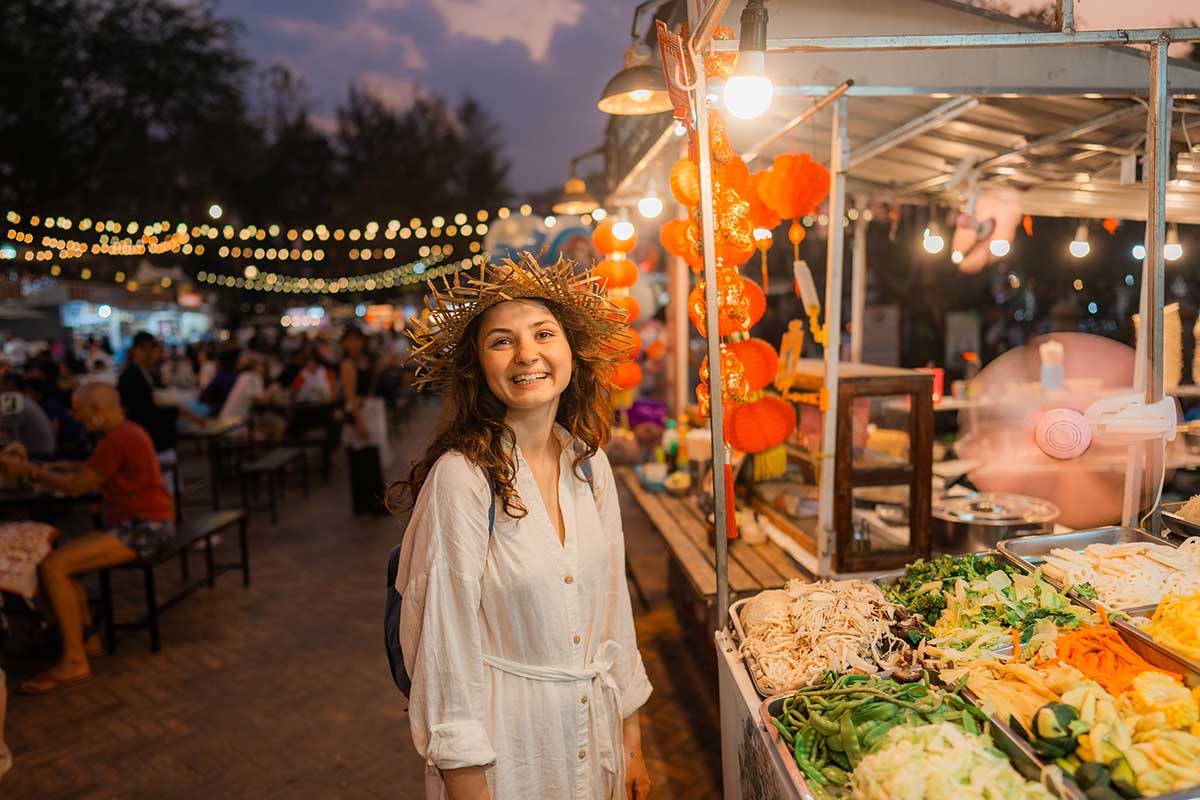
Night Markets Asia
What Is Noctourism, Anyway?
Noctourism (yep, it’s a real word) is all about night-time travel experiences—but don’t confuse it with your typical pub crawl or dodgy night bus tour. This is high-vibe, low-light adventuring. Think:
- Stargazing tours in remote desert locations
- Dark-sky parks where light pollution is practically zero
- Aurora hunting in Norway, Canada, or Tassie
- Midnight hikes under full moons
- Even sleep-outs under meteor showers
And no, it’s not just for space nerds or aspiring astronomers. From romantic star-bathing escapes to eco-conscious astro-adventures, noctourism has something for everyone—even if you’ve never looked through a telescope in your life.
Why Is Noctourism Suddenly a Thing?
Well, besides being downright magical, there are a few solid reasons why this trend is taking off faster than Elon Musk’s next rocket:
1. Light Pollution Is Out of Control
Did you know that 80% of the world’s population can’t see the Milky Way from their homes? Yikes. Thanks to streetlights, screens, and urban sprawl, most of us are missing out on one of the most natural wonders available 365 nights a year—for free.
Noctourism gives us a reason to escape the glare and reconnect with the cosmos.
2. People Want “Wow” Moments
In a world full of TikToks, reels, and viral sunsets, travellers are chasing unique, Instagram-proof experiences. And honestly, nothing beats a time-lapse of the Aurora Borealis dancing above your tent.
3. Nature’s Night Show Is Always Changing
Unlike a museum or art gallery, the night sky is never the same twice. You’ve got meteor showers, eclipses, lunar halos, comet fly-bys—each one like a cosmic lottery.
No wonder travel sites are seeing a boom in searches for things like:
- “Best places for dark sky stargazing holidays”
- “Where to see the Northern Lights in Australia”
- “Star-bathing tours near me”
Yep, star-bathing is a thing now.
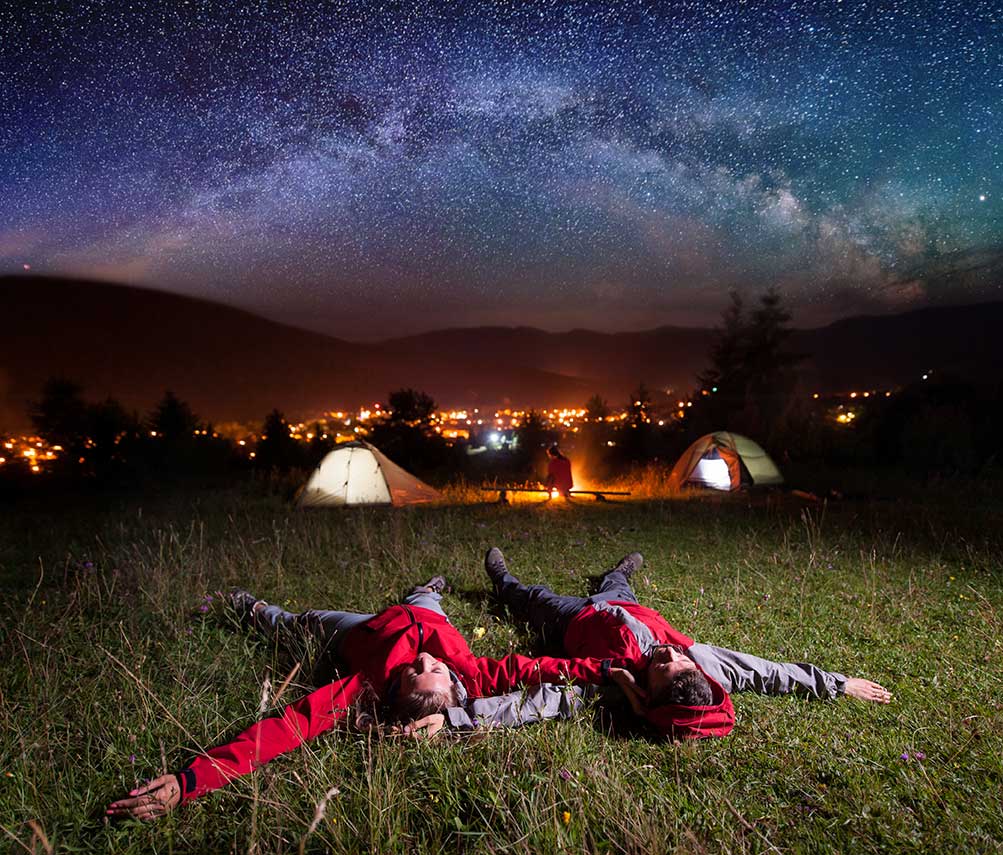
Star-Bathing
Star-Bathing: The Chillest Thing You’ve Never Tried
You’ve heard of sunbathing. But star-bathing? That’s the new black.
This zen-like practice involves lying under the stars—usually in a remote location—and soaking in the silence, the celestial view, and sometimes a guided meditation. It’s mindfulness meets astronomy.
Tourism boards in New Zealand and outback Australia are starting to offer guided star-bathing experiences, complete with:
- Yoga mats
- Blankets and snacks
- Telescopes and expert astronomers
- Campfire storytelling sessions
Honestly, it’s cheaper than therapy—and way more sparkly.
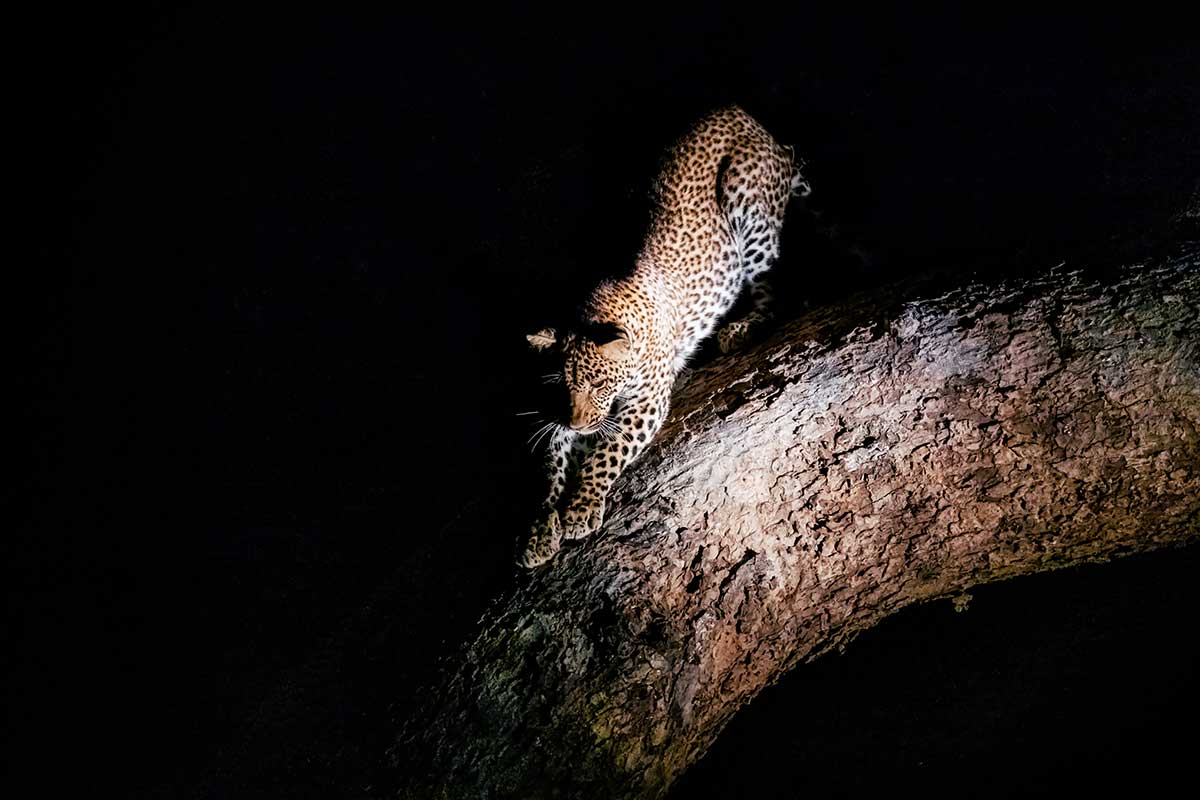
Night Safari in Africa
So… Should You Try Noctourism?
Alright, let’s break it down. Here are a few reasons you might want to book that dark-sky tour tonight:
✅ You’re a Nature Lover
Noctourism is as close as you’ll get to being one with nature without hugging a tree. You’ll hear dingos in the distance, feel the chill of the desert air, and spot constellations you didn’t even know existed.
✅ You Hate Crowds
Want a holiday with zero queues, zero noise, and zero people stepping on your thongs? Night-time travel is quiet, spacious, and deeply personal.
✅ You’re Over “Normal” Travel
Beaches? Been there. Cities? Seen that. Theme parks? Thanks but no thanks. Noctourism offers a new kind of bucket list—the kind that doesn’t involve roller coasters or crowds.
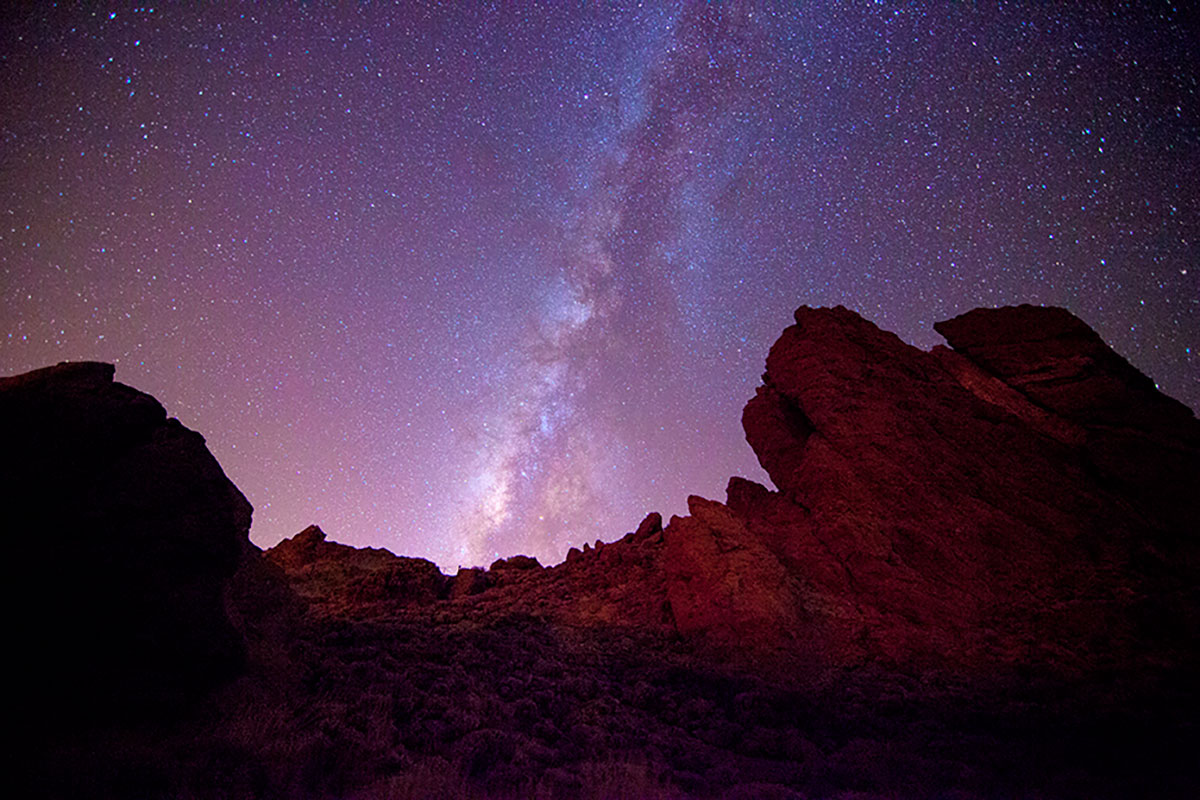
Teide National Park in Tenerife, Spain
Best Places for Noctourism in Australia and Beyond
It’s all about embracing the magic of the moonlight, the allure of the stars, and the thrill of a world that completely transforms when the lights go out. It's time to swap your sunnies for a sense of adventure and become the night owl you were always meant to be.
Ready to join the dark side? We have cookies... and these incredible nocturnal adventures.
Become a Galactic Guru with Stargazing
Remember when you were a kid, lying in the grass and feeling mind-bogglingly small under a blanket of stars? Astrotourism is the grown-up version, but with better snacks and less chance of an ant invasion. Head to a certified Dark Sky Place like the Atacama Desert in Chile, Teide National Park in Tenerife, Spain, or our very own Warrumbungle National Park and Uluru, as well as Aoraki Mackenzie in New Zealand. Here, the Milky Way isn't just a faint smudge; it's a celestial superhighway painted across the sky. It’s a humbling, awe-inspiring experience that makes you realise your daily dramas are, quite literally, a cosmic speck of dust.
Chase the Ultimate Light Show: The Aurora
The Northern and Southern Lights are nature's way of showing off, and honestly, we're here for it. Watching curtains of green, pink, and purple light dance across the arctic (or antarctic) sky is a soul-stirring spectacle that no photo can truly capture. Yes, it involves bundling up in more layers than an onion and venturing into the freezing wilderness of places like Tromsø, Iceland or Tasmania. But trust us, the moment those lights appear, you’ll forget you can no longer feel your toes.
Unleash Your Inner David Attenborough on a Night Safari
Think you've seen all the wildlife? Think again. A whole different cast of characters comes out to play when the sun goes down. A night safari in the African bush or the jungles of Costa Rica is a masterclass in suspense. Every rustle in the leaves, every pair of glowing eyes reflected in the torchlight, holds the promise of a rare sighting. It’s a little bit spooky, a whole lot thrilling, and your chance to see the planet's most elusive creatures during their prime time.
Master the Art of Midnight Snacking at a Night Market
Forget your sad, late-night fridge raid. The night markets of Asia are a symphony of sizzling woks, fragrant spices, and organised chaos. From the legendary street food stalls of Taipei to the vibrant sensory overload of Marrakech's Jemaa el-Fna, these markets are where cities truly come alive. Go with an empty stomach and an open mind, and you'll be rewarded with some of the best food and people-watching of your life. It's a culinary adventure that's 100% worth staying up for.
Take a Hike (But Make it Moody)
Hiking during the day is great for views, but hiking under a full moon is pure magic. The world becomes a landscape of silver and shadows, and your senses go into overdrive. Familiar trails feel brand new, and the quiet of the night is a welcome relief from the daytime crowds. It’s peaceful, a little mysterious, and a fantastic way to connect with nature without getting a sunburn.
Kayak in Fairy Dust: The Bioluminescence Tour
Ever wanted to swim in liquid stars? This is your chance. In places like Puerto Rico or the Maldives, tiny marine organisms called dinoflagellates put on a nightly light show. Every splash of your paddle or swish of your hand in the water creates a trail of ethereal blue-green light. It’s a surreal, almost supernatural experience that will make you feel like you’ve paddled straight into the movie Avatar.
See the City in a New Light (Literally)
Cities have a split personality. By day, they're all business. By night, they're a glittering playground. Seeing a familiar skyline like Paris or Tokyo lit up against the dark sky is a showstopper. But it's more than just pretty lights. It's about exploring ancient ruins in Rome without the selfie-stick brigade, enjoying after-hours museum tours, or simply feeling the unique energy that buzzes through a city's veins after dark.
Shred the Slopes After Sundown
If you thought skiing was fun, wait until you try it under the stars. Hitting the floodlit slopes of the Alps or Japan offers a completely different vibe. The air is crisp, the crowds have thinned, and the snow seems to sparkle under the lights. It’s a thrilling, almost cinematic experience for any snow lover.
So, on your next trip, don’t let the sunset be your curfew. The world offers a whole second shift of wonder, excitement, and adventure. Embrace your inner noctourist. The night is calling, and you really should answer.
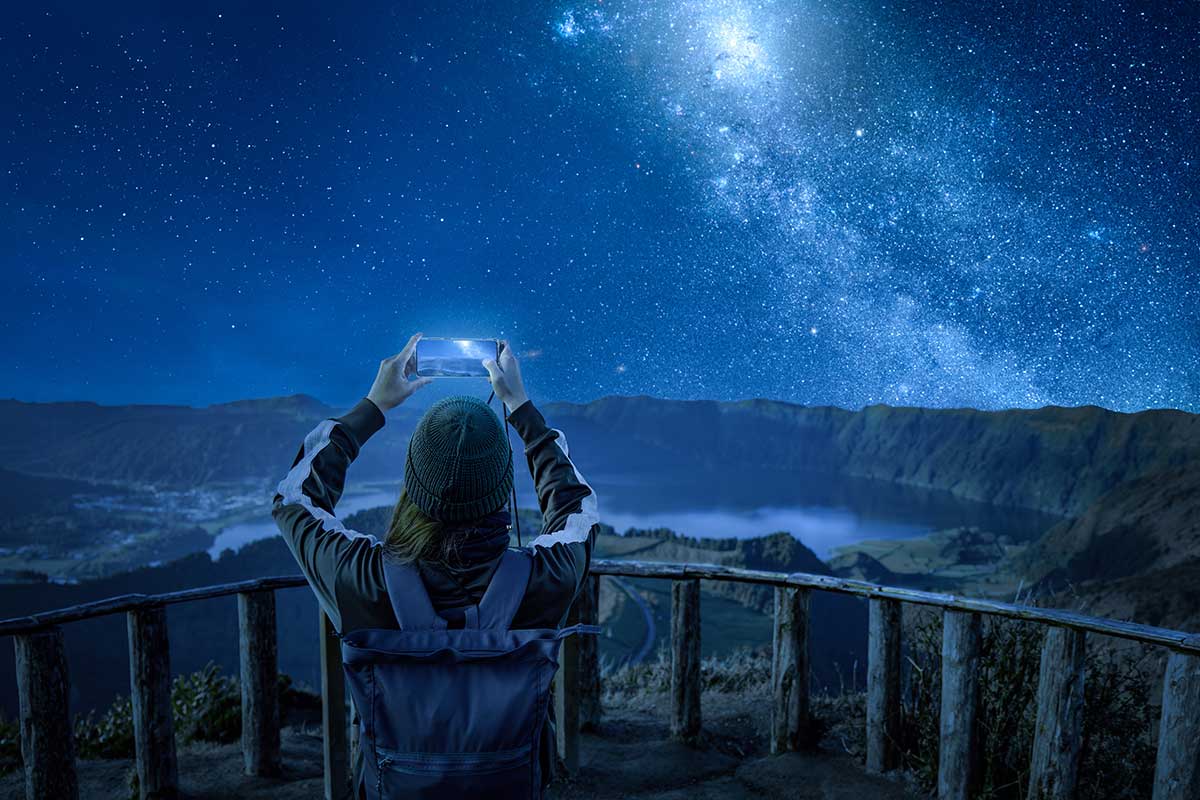
Pro Tips for First-Time Noctourists
Thinking about dipping your toes into the dark side? Sweet! Here’s what you need to know before you go stargazing on a whole new level.
Layer Up
Even summer nights can get chilly. Wear thermals, bring gloves, and pack a beanie. No one’s ever regretted being too warm while watching the sky.
Ditch the Bright Torch
Use a red light torch to protect your night vision. Your eyes take 20–30 minutes to adjust to the dark—don’t blow it with a blinding LED.
Bring Binoculars (or Better Yet, a Telescope)
You don’t need fancy gear, but a basic telescope or stargazing app can seriously level up the experience.
Check Moon Phases and Weather
A full moon can wash out the stars, so aim for a new moon for maximum visibility. And obviously, cloudy nights = no show.
Know Your Camera Settings
Smartphones can do a decent job, especially in Night Mode. But for those fire Insta shots, a DSLR with a tripod and long exposure will give you the goods.
Is Noctourism Family-Friendly?
Heck yes! Kids love space, and a stargazing trip can turn into a mini science class with no boring bits.
Plus, let’s be honest: dragging your little ones out at midnight to see a shooting star is the kind of parenting win they’ll remember forever.
Just pack extra snacks and maybe a glow stick or two. Kids dig that stuff.
Ethical and Sustainable Travel? Tick.
Here’s the best part: noctourism is super low-impact. You're not disturbing wildlife, burning tons of fuel, or queuing for an amusement ride.
Many dark-sky communities are committed to:
- Reducing light pollution
- Protecting nocturnal wildlife
- Supporting Indigenous sky storytelling traditions
So not only are you having a cosmic good time—you’re doing it responsibly.
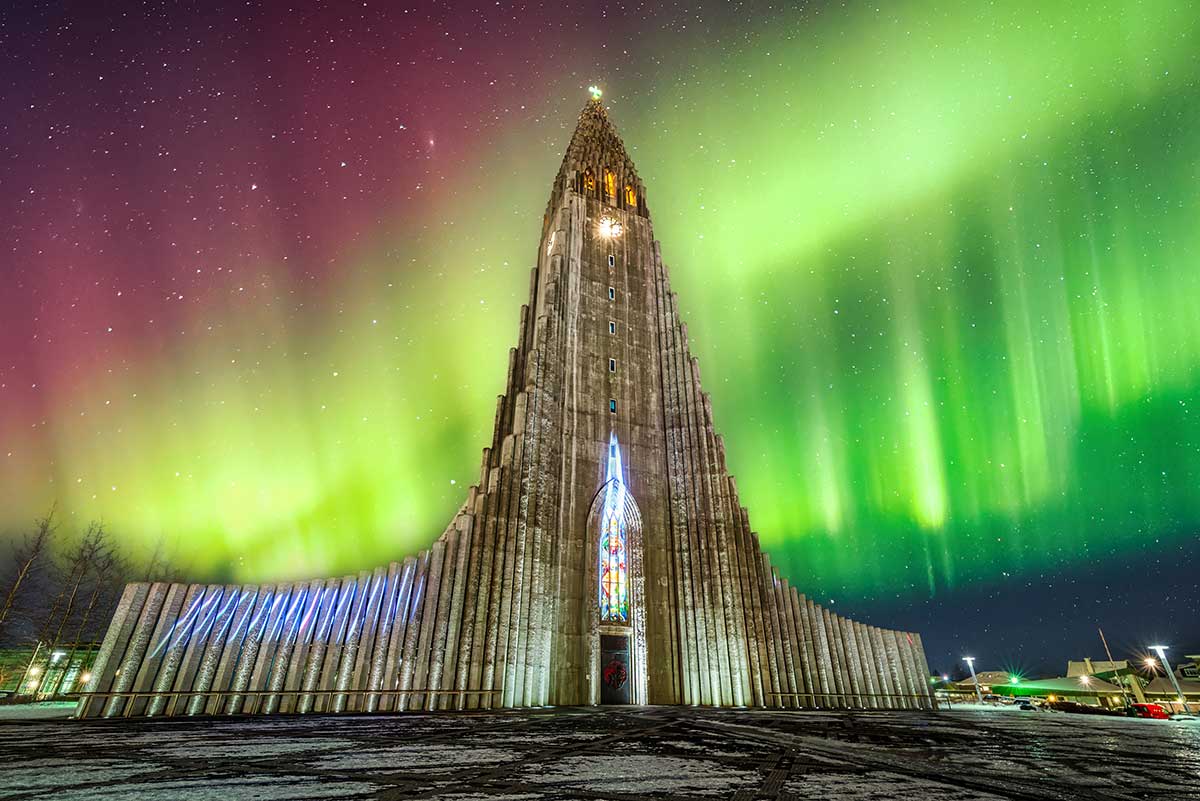
Northern Lights, Reykjavik City, Iceland
Final Thoughts: Is Noctourism Worth Staying Up For?
Short answer? Yep. Long answer? Absolutely bloody yes.
In a world where we’re constantly glued to screens, stressing over life, and chasing the next big thing, noctourism is a reminder to slow down and look up.
It’s awe-inspiring, grounding, and totally unforgettable. Whether you're chasing the Northern Lights in Norway or lying on your back in outback Oz counting shooting stars, this travel trend is a breath of fresh (and slightly chilly) air.
So go on—try noctourism. Your soul (and your camera roll) will thank you.
Ready to Chase the Stars?
Whether you're craving a magical night under Tassie’s Southern Lights, dreaming of stargazing in Tenerife with a vino in hand, or planning your first dark-sky adventure closer to home—now’s the perfect time to start planning your noctourism escape.
Need help booking a tour or finding the best stargazing spots?
We’ve got your back—from dark-sky destinations to guided astro experiences, we can help you sort the whole cosmic shebang.
Grab a blanket, pack your sense of wonder, and head for the stars.
Your next unforgettable night is just a constellation away.
Top FAQs About Noctourism
Curious about trying noctourism but still got a few question marks floating around? No worries—we’ve rounded up the most common things people wanna know before heading out into the dark.
Not exactly. Stargazing is a big part of it, sure—but noctourism encompasses a wide range of nighttime travel experiences. Think: Aurora viewing, night hikes, full moon kayaking, star-bathing, camping in dark-sky parks, and even astrophotography workshops.
Basically, if it's something magical you can do after sunset, it's probably noctourism.
Nope! You don’t need to know your Orion’s Belt from your elbow. Most noctourism tours are beginner-friendly and often include expert guides who explain what you’re looking at in simple, fascinating ways.
Bonus: You might accidentally learn something cool without even trying.
Glad you asked! Here’s a basic list:
- Warm layers – Even summer nights can get cold.
- Red light torch – Preserves your night vision.
- Blanket or sleeping mat – For comfy star-bathing.
- Snacks & a thermos – Stargazing is better with Tim Tams and a hot drink.
- Binoculars or telescope – Optional, but a nice bonus.
- Camera with night mode or tripod – If you want to snap some night sky pics.
Absolutely! Kids love space, and they’ll be blown away by shooting stars, planets, and constellations. Just keep the outing short and sweet (especially for little ones) and pack some glow sticks or marshmallows to keep the mood fun.
Okay, first off—yes, we just made up the word “noctouristing,” but let’s roll with it.
- The best time depends on what you want to see:
- Northern Lights: Sept–March (Norway, Canada, Iceland)
- Aurora Australis: Best in winter (May–August in Tassie)
- Meteor Showers: Peaks in August (Perseids) and December (Geminids)
- Milky Way: Visible March to October in the Southern Hemisphere
Also, aim for new moon phases when the skies are darkest and avoid cloudy or rainy weather.
Not at all. While remote spots have better skies, you can start small. Try heading out to a nearby national park or quiet beach. You’d be surprised how much of the universe is visible just outside city limits.
That said, places like Warrumbungle (NSW), Tasmania, or even Tenerife and of course Norway and Iceland, really crank up the wow factor.
As long as you're smart about it—yes. Go with a group or tour if you’re unfamiliar with the area, bring a phone (even if there’s no signal, it’s still useful), let someone know where you’re headed, and dress for the weather.
If you're heading bush, check for snakes or wildlife beforehand—and don’t forget mozzie repellent!
Yep! There’s something to see every season—but your experience will vary:
- Summer nights are warmer but shorter.
- Winter skies are clearer and darker, but it’s, well... chilly.
- Spring and autumn? Often the sweet spot—mild temps and decent sky conditions.
Keep an eye on the sky events and plan accordingly.
Good news: there are heaps of tours now available! From guided dark-sky walks to astro-themed glamping getaways, you can book a turn-key experience or DIY it if you’re more of a free spirit.
Check tourism sites, local observatories, or astronomy clubs for upcoming events, or contact us to discuss creating a customised package.
Ah, the age-old enemy of stargazers. If it’s cloudy, your best bet is to:
- Reschedule if you're on a tour.
- Use the time for night-time nature walks or storytelling sessions.
- Try indoor planetarium experiences if you're near a major town.
Or... just enjoy the peace and quiet. Not every night has to be Insta-perfect.




